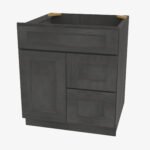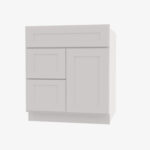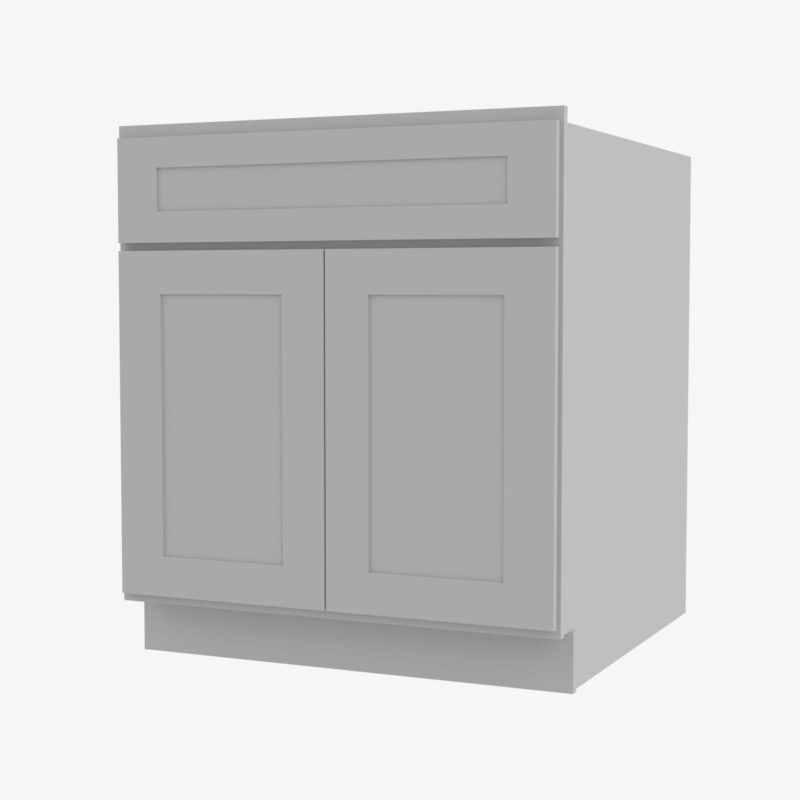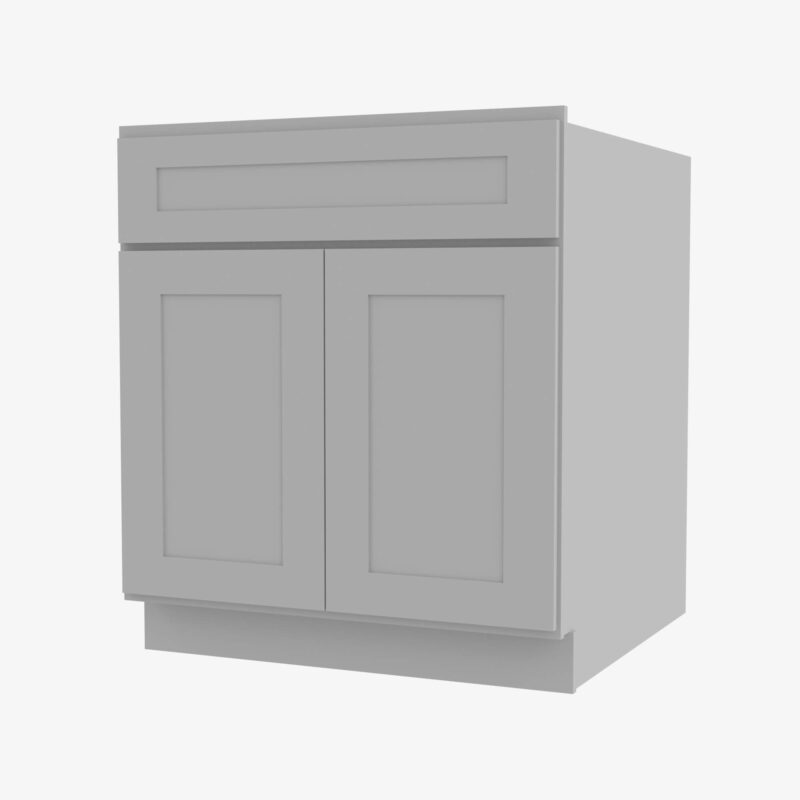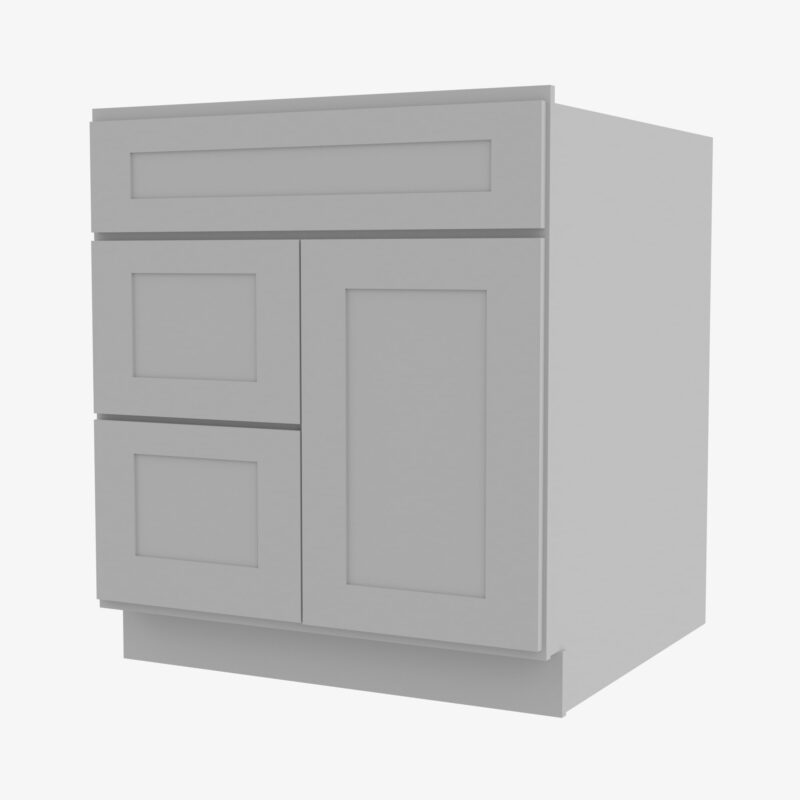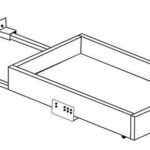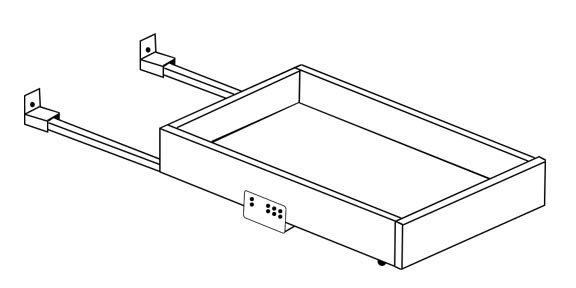Popular Kitchen Cabinets
Discover Forevermark RTA Kitchen Cabinets
-
 Range Hood GW-CWH36 Forevermark Gramercy White
Range Hood GW-CWH36 Forevermark Gramercy White
$1,827.00Original price was: $1,827.00.$529.83Current price is: $529.83. -
 Wall Glass Door with No Mullion and with Clear Glass TW-WDC2412GD-3 Forevermark Uptown White Shaker
Wall Glass Door with No Mullion and with Clear Glass TW-WDC2412GD-3 Forevermark Uptown White Shaker
$188.00Original price was: $188.00.$54.52Current price is: $54.52. -
 Wall Cabinet – 2 Built-in Drawer AG-W2D1854 Forevermark Greystone Shaker
Wall Cabinet – 2 Built-in Drawer AG-W2D1854 Forevermark Greystone Shaker
$1,318.00Original price was: $1,318.00.$382.22Current price is: $382.22.
